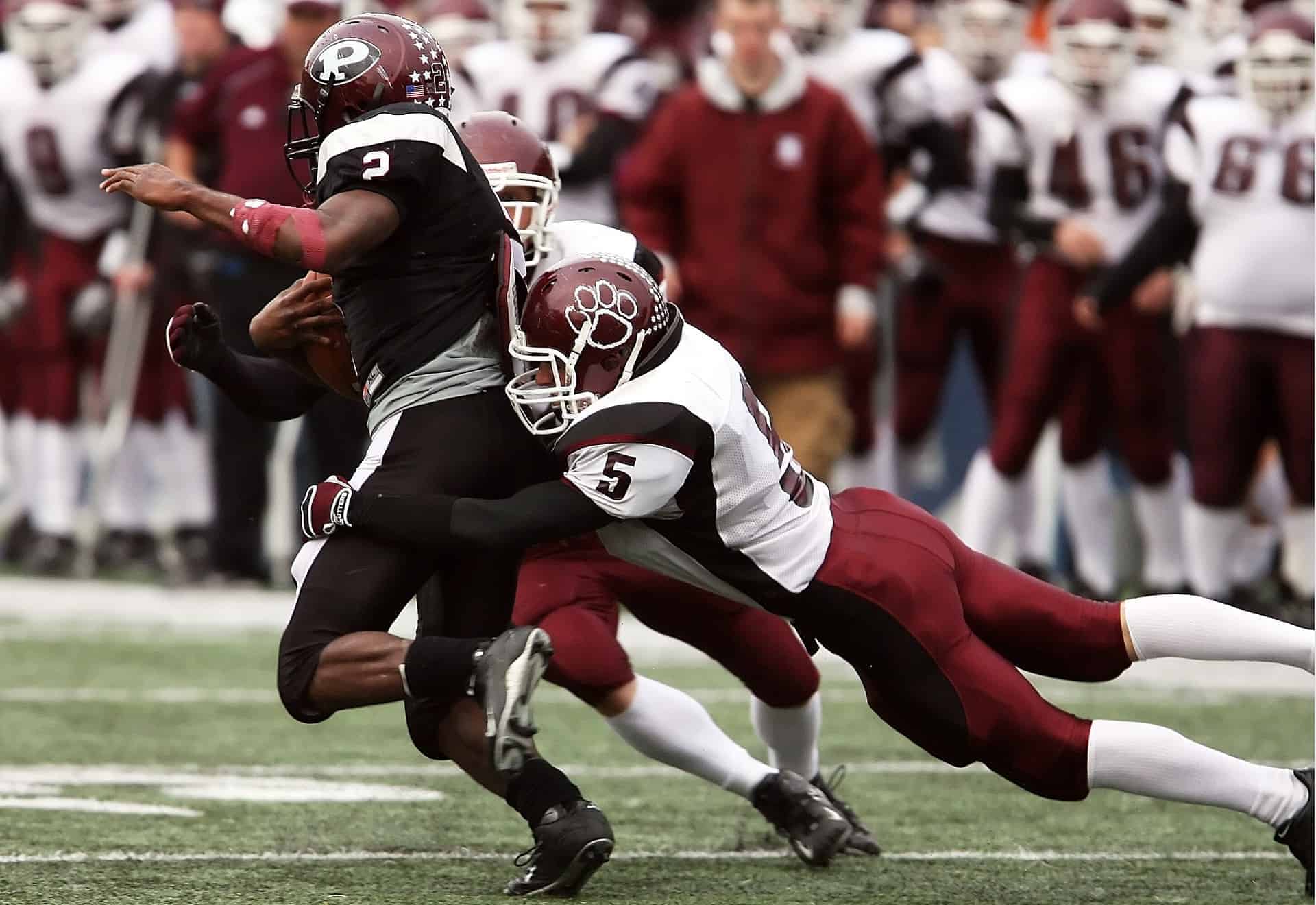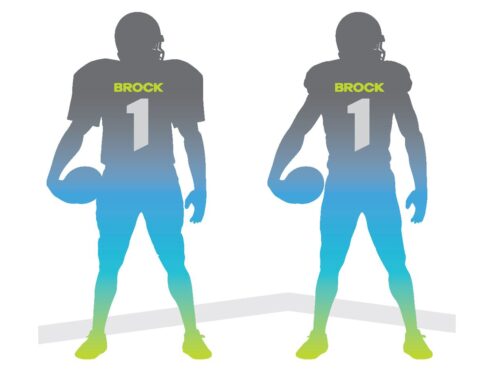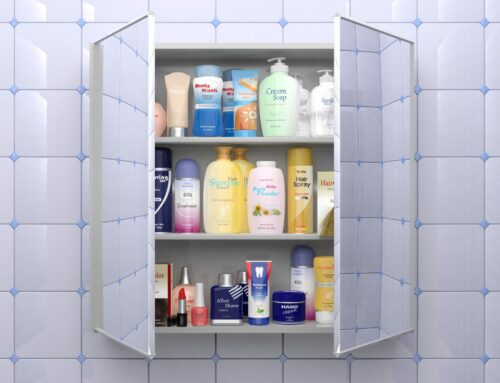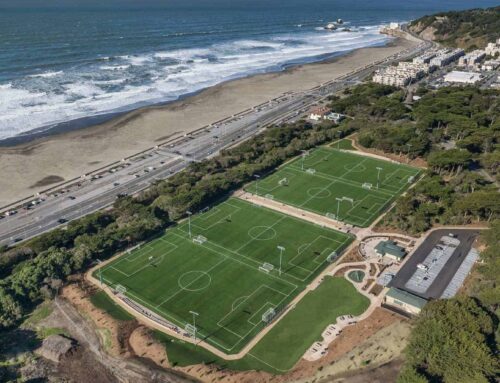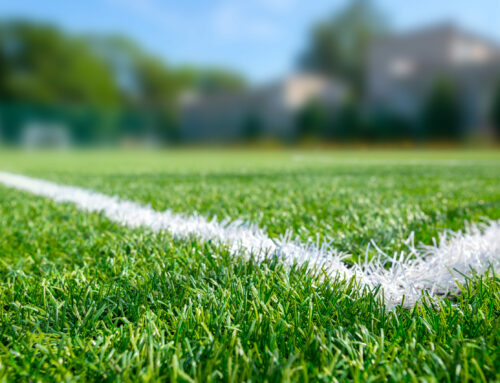Sports and Risk
It’s what makes the game exciting. With risk comes the thrill of an ever-growing passion and fanaticism towards the game. It’s the excitement that keeps you on the edge of your seat or encourages a standing shout at your TV as if you were on the 50-yard line. Risk in sports is everything, but what if games were canceled due to too many injuries or promising recruits deny draft picks for their safety? Then what happens to the game? Where’s the excitement?
Thankfully, the turf industry has found ways to protect the player and ultimately protect the game. In 2002, Brock USA developed an underlayment pad that absorbs shock from body-to-turf impacts, which substantially lower injuries. Since then, many (not all) turf companies have come up with their own versions of the new industry standard shock pad. The rise in demand and need is illuminating, and companies are catching on.
Brock didn’t stop with just a shock pad; they shortly after followed with a sustainable infill, improving traction, lowering field heat, and decreasing lower-body injuries. They are currently waiting for the industry to catch on.
Turf Waged War
In such an industry, a never-ending war exists between the traditionalists (turf grass over stone) and the innovators (turf grass over shock pad). “Because we’ve always done it this way” is a typical response from industry traditionalists, accompanied by a refusal to change and grow. Who wouldn’t want to keep the status quo, work less and continue to see cash flow? Unfortunately, this is what you get in most of the industry -the status quo, which means prioritizing profit over the player. For the innovators who desire on-field legacy security, this is a damper on their efforts and gives the turf industry a bad name.
Back in September of 2020, the head of the NFL Players Association, JC Tretter, wrote an article calling for immediate change to the NFL turf system, saying,
“As a rookie learning the ins and outs of being a professional football player, I remember the collective groan that my older teammates made whenever it was announced that we’d be practicing indoors on artificial turf instead of the usual outdoor grass field. I played almost exclusively on synthetic turf in college. Once I started experiencing both surfaces interchangeably, I began to understand exactly why my teammates disliked the practices on turf. Whenever I practiced on an artificial field surface, my joints felt noticeably stiffer the next day. The unforgiving nature of artificial turf compounds the grind on the body we already bear from playing a contact sport.”
The turf industry has found ways to protect the player and ultimately protect the game
Most athletes who have participated in sports throughout their lives can relate to this; turf over a stone base does next to nothing in terms of impact absorption and can be pretty dangerous for body-to-turf impacts.
“The data supports the anecdotes you’ll hear from me and other players: artificial turf is significantly harder on the body than grass. Based on NFL injury data collected from 2012 to 2018, not only was the contact injury rate for lower extremities higher during practices and games held on artificial turf, NFL players consistently experienced a much higher rate of non-contact lower extremity injuries on turf compared to natural surfaces.” Tretter shares.
The Solution
In 2018, The American Journal of Sports Medicine conducted a study on several NFL artificial turf over stone fields versus natural grass fields. The results were catastrophic -GMAX scores were beyond dangerous to the point where you could place rocks inside helmets and call it better safety measures for the player. For the innovators, this was the golden ticket! It was just what they were looking for -the quantitative bar to not only supersede but raise. This gave them a goal to reach, and that is just what they did.
Now, not only are turf-over-pads (not all pads are alike) equal to grass in safety, the industry now has a turf system almost 90% organic! Can you say, “Let’s save water for drinking and not for field maintenance?” Of course, natural grass is better for the player, and Tretter was correct in his desire to protect athletes; however, it’s just not sustainable. Turf is the way to go for the player, the game, and the planet. A ‘bad seed’ shouldn’t represent an industry -do your research, gather information, seek a second opinion. We can’t fault Tretter for what he doesn’t know, but now you know!

